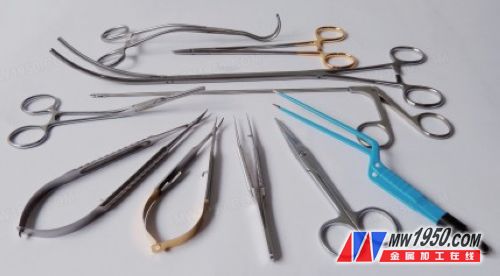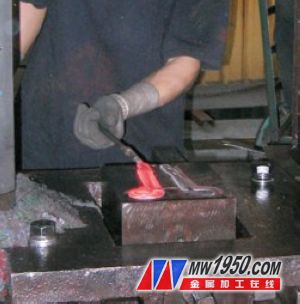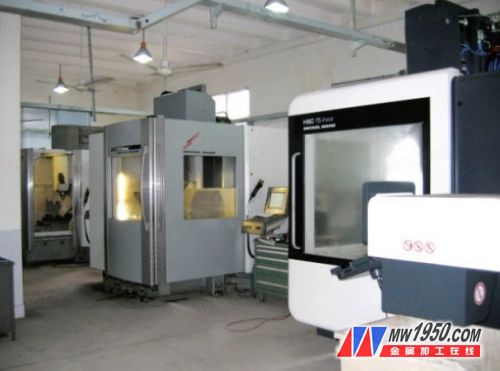I. Overview
As part of medical devices, the creation of an independent industry for surgical instruments in China began in modern times. After the Opium War, with the influx of Western medical devices, the national surgical equipment industry, characterized by family workshops and small small factories, began to sprout. From the founding of New China to the reform and opening up, the state has actively fostered the medical device industry. There are currently more than 200 surgical instrument manufacturers in circulation.
Surgical instruments generally refer to the general term for various medical devices that are required for performing an operation. According to this definition, the types of surgical instruments are very complicated. This article refers only to traditional surgical instruments such as “knives, scissors, pliers, and sputumâ€.
Second, the status quo
After decades of rapid development, China's surgical instrument manufacturing technology has made great progress. Basic surgical instruments have gradually implemented surface non-plating, and the development of specialized surgical instruments such as cardiothoracic surgery, microsurgery, ENT, neurosurgery, and orthopedics has also made significant progress (see Figure 1). According to incomplete statistics, there are currently more than 7,000 kinds of domestic surgical instruments; the output has grown from hundreds of thousands in the early days of the founding of the People's Republic of China to 10 million pieces. At the same time, the application of alloy materials, insulating materials, coating technology, mosaic technology, etc., has led to the continuous development of domestically produced devices in the direction of refinement and serialization. The product has been able to meet most of the domestic clinical needs.

Figure 1 Part of domestic surgical instruments
From a raw material to a finished product, a surgical instrument needs to go through dozens to more than one hundred processing steps, involving various processes such as cold and hot processing, machine and clamp processing. Due to the high proportion of hand-made in the manufacturing process, surgical instruments have traditionally been defined as hand-made products in the world. There is no doubt that machining is the basis for the large-scale production of surgical instruments, and its accuracy plays a key role in the final quality of the product. Considering the future technological advancement and rising labor costs, the continuous improvement of machining and automation should be the general trend.
After years of technological transformation, the domestic manufacturing equipment has been upgraded, the degree of mechanization and automation has been improved, and CNC high-speed milling machines and multi-axis turning and milling machines have been put into use. Forging, heat treatment and surface treatment technologies closely related to product quality have also taken a new step (see Figure 2), and some processes have been synchronized with international standards.

Figure 2 Blank forming
Mold manufacturing technology has always been one of the areas where we have a large gap with the international level. In the past, the manufacture of surgical instrument molds relied mainly on manual completion, and the size controllability was poor. Mass production of blanks does not meet the requirements for consistency. After entering the new century, the domestic surgical instrument mold processing technology has made significant progress. After decades of mold manufacturing history, the application of CNC machine tools has significantly improved the precision of mold manufacturing (see Figure 3), laying a solid foundation for improving the quality of finished products.
At present, CAD and CAM technologies are commonly used in domestic mold design and manufacturing. At the same time, for the appearance characteristics of surgical instruments, the software design adopts the module parameterization mode. As long as the line parameter assignment of the blank graphic is given, the computer can automatically generate the required three-dimensional shape of the blank and the corresponding engineering drawings required. Then, according to the provided blank map, the three-dimensional modeling is automatically completed by using the parameter equation established by the template, and the series of products of the same structure only need to share the same template. It simplifies the cumbersome process of making 3D programs and greatly improves work efficiency.

Figure 3 mold processing equipment
Third, there are problems
Despite the rapid development of the industry, it should be clearly seen that there is still a certain gap between the quality and internal performance of surgical equipment products in China and the advanced level in foreign countries. At present, domestically produced products are mainly in the domestic low-end market, and the high-end market is still monopolized by foreign products. There are many reasons for this situation. From the perspective of product processing, there are mainly:
Special equipment
Modern surgical instruments pay more attention to the safety and reliability of products. Some of the processing steps for parts that are closely related to product performance are largely guaranteed by dedicated equipment. For example, foreign grinding machines for surgical instruments and robots for surface polishing of parts have not only ensured the processing quality but also greatly improved the processing efficiency. At present, domestically-used special equipment has been used for many decades, and the aging situation is serious. However, due to factors such as system and mechanism, since the 1990s, it has been difficult to purchase suitable special equipment in China, and the import of expensive foreign equipment is unaffordable. These factors have constrained the timely updating of domestic special machine tools and also affected the overall manufacturing level.
2. Special tools
In terms of special tools, foreign countries have developed powder metallurgy or cemented carbide integrated forming tools for the characteristics of surgical instruments. They have achieved specialization and standardized production, and the manufacturers are very convenient to purchase. In China, due to the small scale of the industry and processing requirements. High, few professional manufacturers are willing to undertake such business. Therefore, most companies design and manufacture combined tools by themselves, and the materials used remain at the high-speed steel level. Both are far removed in terms of precision control, process consistency and service life.
3. Processing technology
The future development of surgical instruments is increasingly characterized by multidisciplinary and knowledge-intensive. International processing technologies for medical alloy materials, polymer materials, bioceramics, functional coatings, surface rust and other applications have progressed quite rapidly. The application of surface hardening technology based on PVD and other technologies in surgical instruments has been quite mature. In contrast, domestic related applied research was originally weak.
In addition, most of the functions of the original medical device research institutions have been turned around, no longer involved in the field of surgical instruments, resulting in the coordination of production, education and research and medical transformation are not satisfactory. And the technical force that manufacturers are struggling with is clearly not capable of undertaking high-tech application research.
High-quality surgical instruments are the result of a perfect combination of traditional craftsmanship and modern technology. The top-level surgical instruments in foreign countries are almost comparable to crafts. For example, the manufacturing of surgical instruments represented by Germany has formed a complete industrial chain. The special equipment and supporting clamp molds related to the production of surgical instruments are professionally designed and manufactured to ensure its leading position in the world. It can be seen from this that the road to domestically advanced surgical instruments to catch up with the international advanced level is still very long.
1.with 3000 square meter factory about 35 workshop workers and 25 office workers.
2.More than 20 sets of advanced machines with more than ten years domestic trade experience and international trade experience.
3.Manufacture and supply good quality automatic doors
4.With ISO 9001 Certification and many others certifications
5. Excellent DC brushless motor , high wear-resistant qualities wheels and reasonable structure design makes it more stable, quiet, longer life
6.Our Service system is perfect
Controller Dimensions : 85×124×600mm
Weight :12 kg
Maximun leaf weight :150 kg
Open range : 70°~115°
Closing speed : 10~43 cm/s
Door hold time :0.5~10 seconds
Main Power :AC 220V~250V,50~60 Hz
Maximum current :1A
Maximun motor power:55W
Wait Power :14W
Fuse :Minimum 3.5 ASlow
Operating Temperature : -30℃ ~+50℃
Swing Door,Exterior Swing Door,Aluminium Out Swing Door,Refrigerated Swing Door
Shenzhen Hongfa Automatic Door Co., Ltd. , http://www.hongfadoor.com